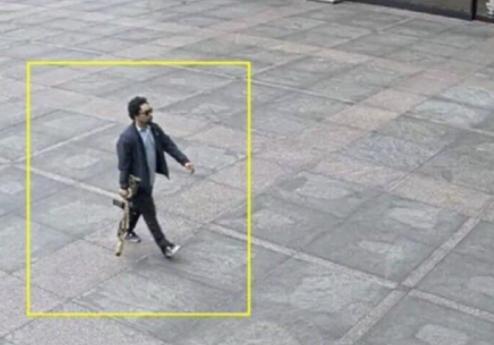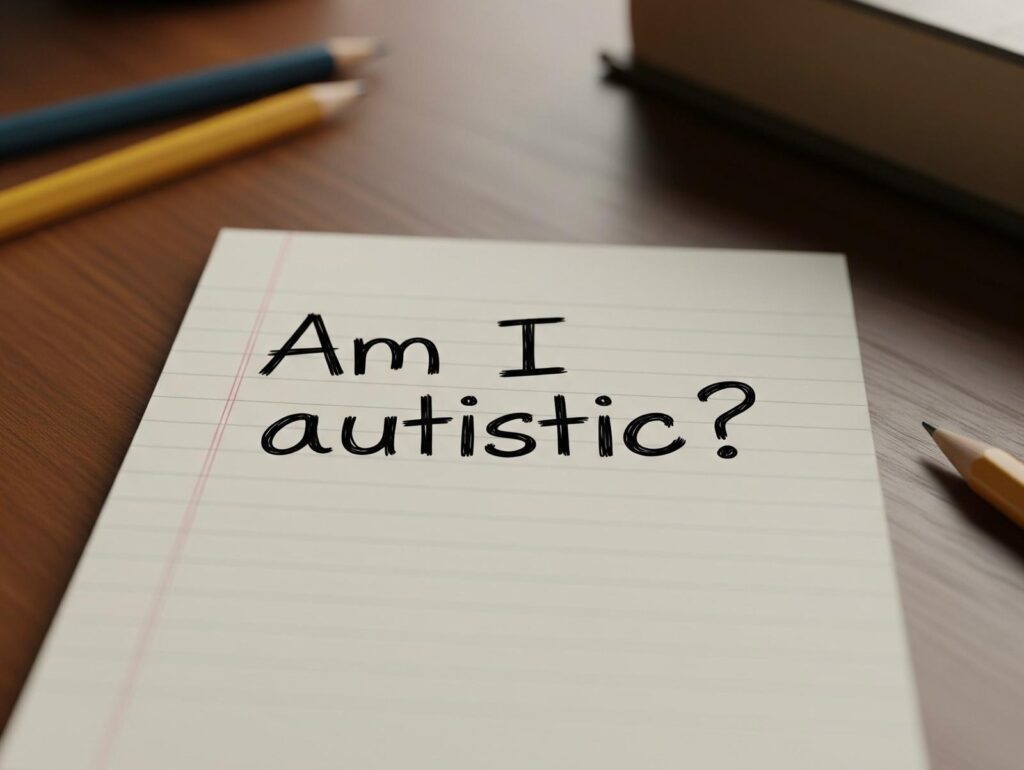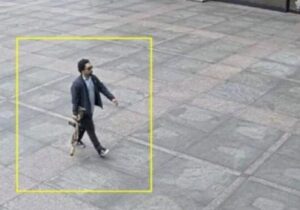Have you ever walked into a room only to forget why you entered in the first place? This common experience, often amusing and sometimes frustrating, is known as the “doorway effect.” It’s a phenomenon that has intrigued psychologists and neuroscientists alike, sparking research into how our brains process and retrieve memories. This article explores what the doorway effect is, the science behind it, and how it reflects the workings of the human memory system.
Understanding the Doorway Effect
The doorway effect suggests that entering or exiting through a doorway serves as a mental boundary that separates different environments, triggering a memory-resetting event. This means that the act of passing through a doorway can cause a momentary lapse in memory, making it difficult to recall the intention that motivated the action.
The Science Behind It
Research conducted by Gabriel Radvansky and colleagues at the University of Notre Dame provides insight into this phenomenon. In a series of experiments, they found that participants were more likely to forget what they were supposed to do after walking through a doorway compared to those who walked the same distance within the same room (Radvansky, G.A., Krawietz, S.A., & Tamplin, A.K., 2011, Quarterly Journal of Experimental Psychology). This led to the conclusion that doorways might indeed act as event boundaries in the mind, compartmentalising experiences and information.
The concept of “event segmentation theory” supports this finding, proposing that our brains segment our continuous stream of experiences into discrete “events” or “episodes.” When you pass through a doorway, it signals the end of one episode and the beginning of another, potentially resetting memory priorities and making it harder to recall intentions from the previous room (Zacks, J.M., & Swallow, K.M., 2007, Journal of Experimental Psychology: General).
Implications for Memory and Cognition
The doorway effect highlights the adaptive nature of human memory. It suggests that our brains are optimised to store and retrieve information most relevant to our current context, filtering out what is considered less important. This mechanism can be advantageous, allowing us to focus on the immediate environment and tasks at hand.
However, it also reveals limitations in our ability to maintain continuity of thought across different physical contexts. This understanding has important implications for designing work and living spaces to minimise disruption and enhance memory retention and retrieval.
Strategies to Mitigate the Doorway Effect
- Mental Rehearsal: Before entering a new room, pause to mentally rehearse what you intend to do. This can strengthen the memory trace and increase the chances of remembering.
- Physical Cues: Carry a physical object related to the task as you move from one room to another. This object can serve as a tangible reminder of your intention.
- Note-taking: Keeping a small notebook or using a note-taking app on your phone to jot down tasks as they come can help bridge the memory gap created by the doorway effect.
- Environmental Design: Minimising unnecessary transitions between rooms and creating multifunctional spaces can reduce the occurrence of the doorway effect.
Conclusion
The doorway effect is a fascinating glimpse into the complexities of human memory and cognition. It serves as a reminder of our brain’s constant effort to organise and make sense of the world around us, even if it means occasionally forgetting why we walked into a room. Understanding this phenomenon not only offers insights into the nature of memory but also provides practical strategies for navigating our daily lives more effectively.
By acknowledging and adapting to the limitations and strengths of our cognitive processes, we can enhance our memory performance and reduce the frequency of those perplexing moments at the doorway.
References
- Radvansky, G.A., Krawietz, S.A., & Tamplin, A.K. (2011). Walking through doorways causes forgetting: Further explorations. Quarterly Journal of Experimental Psychology.
- Zacks, J.M., & Swallow, K.M. (2007). Event segmentation. Journal of Experimental Psychology: General.
How to get in touch
If you or your patient/NDIS clients need immediate mental healthcare assistance, feel free to get in contact with us on 1800 NEAR ME – admin@therapynearme.com.au.
Discover more from Therapy Near Me
Subscribe to get the latest posts sent to your email.






